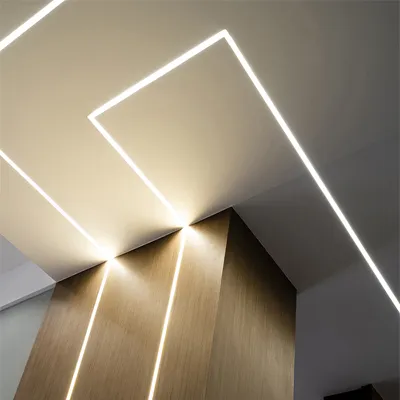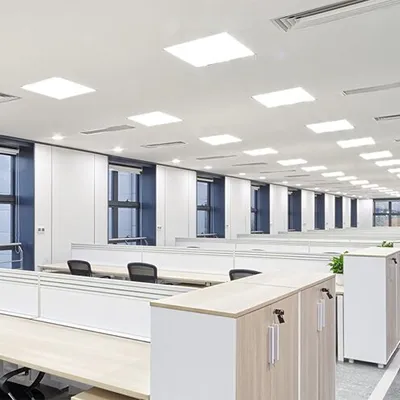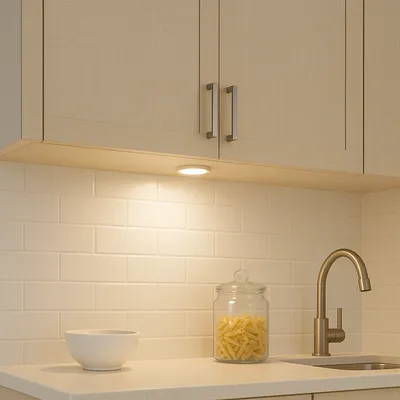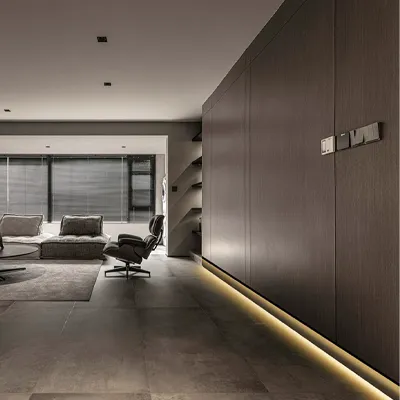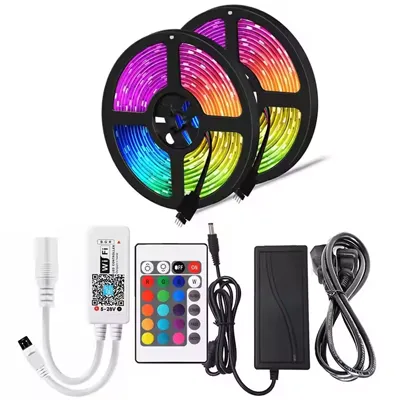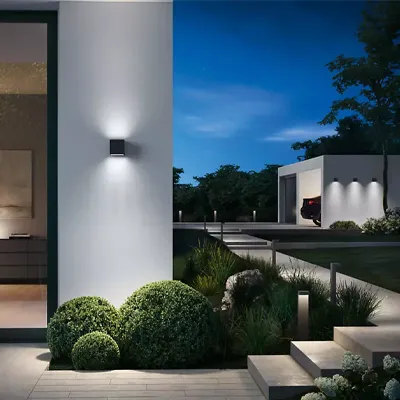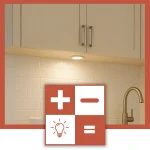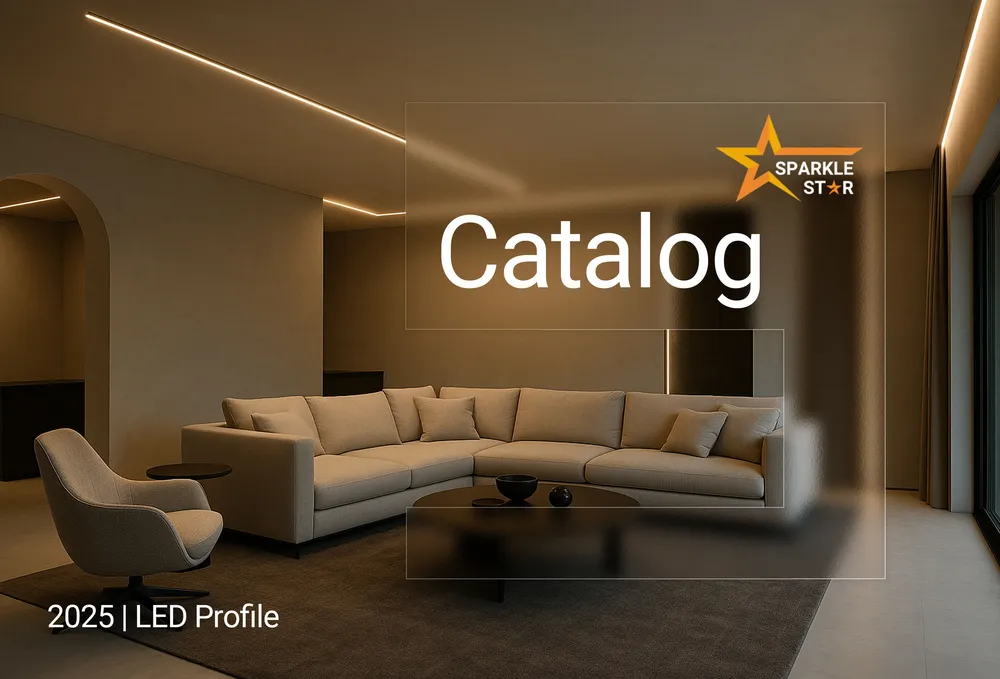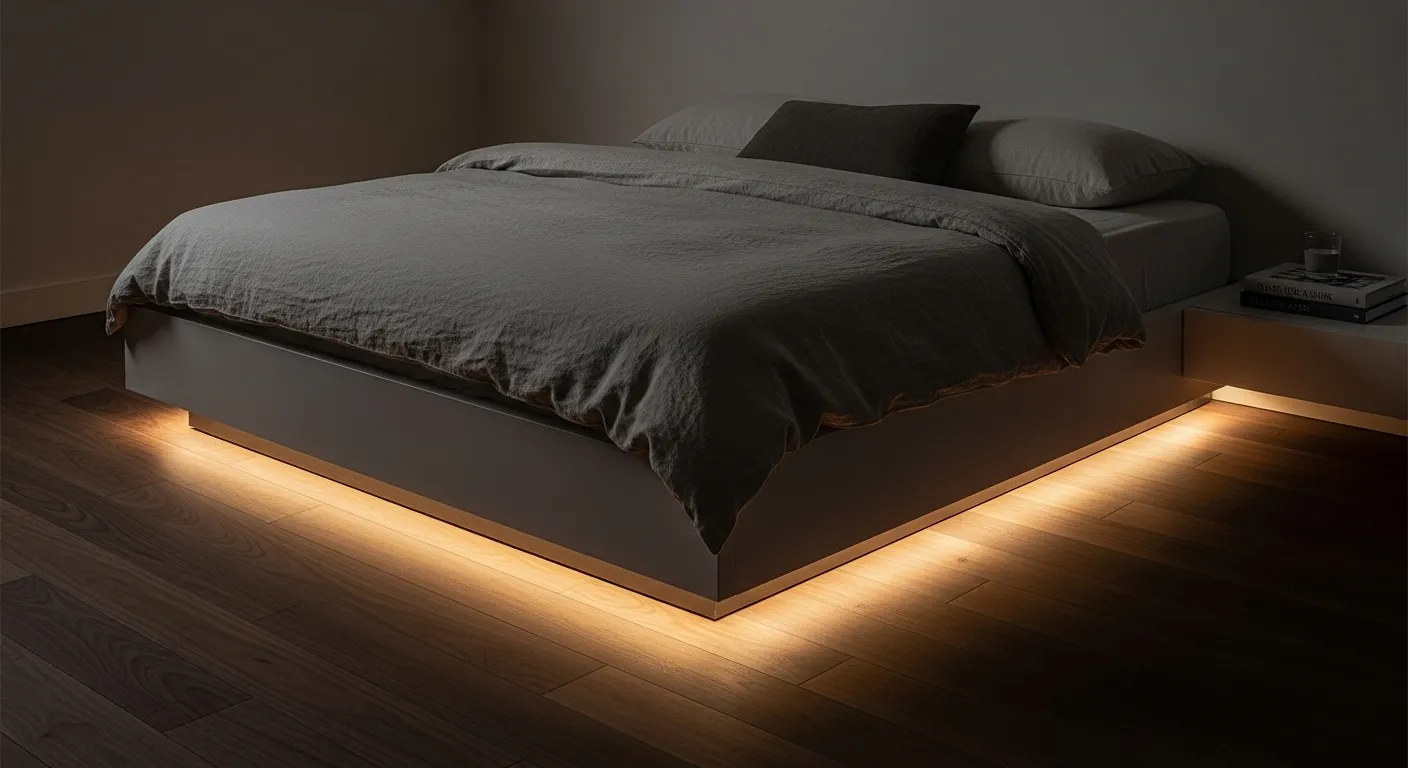
The answer to the question 'is it safe to keep LED lights on all night?' is a firm yes, but it is a conditional one that separates peace of mind from a genuine fire risk. True safety has less to do with the light from the LED and everything to do with unseen components like the power supply and the system's ability to manage heat. This guide moves beyond simple answers, equipping you with the knowledge to identify genuinely safe products and use them with confidence for any application.
What Makes an LED Unsafe? It's the Heat
To understand LED safety, one must first understand how they produce light. Unlike an incandescent bulb that works by heating a thin wire until it glows white-hot, an LED generates light through a process called electroluminescence. This involves passing an electrical current through a semiconductor material, which converts over 95% of its energy directly into light. The old method wastes about 90% of its energy creating immense heat, which is why traditional bulbs are a known fire risk.
Light Source | Energy Wasted as Heat | Energy Efficiency | Average Lifespan (Hours) |
|---|---|---|---|
LED | ~5% | ~95% | 25,000–50,000+ |
Incandescent | ~90% | ~10% | ~1,200 |
Halogen | >90% | <10% | ~2,000 |
So, where does the risk come from?
While LEDs are incredibly efficient, they are not entirely heat-free. The small amount of waste heat they generate is concentrated at the very heart of the device, a tiny point known as the p-n junction. If this internal heat is not effectively drawn away, the temperature at this junction can rise to levels that cause permanent damage.
What happens if this internal heat isn't removed?
When an LED's internal heat is not properly managed, a cascade of failures begins. The first and most common consequence is a permanent and irreversible decline in light output, known as lumen depreciation. The light will slowly and permanently dim. Next, the heat can degrade the materials that create the white light, causing a permanent and unsightly color shift to a yellow or blue tint. In the worst cases, the thermal stress can cause microscopic components to break, leading to a complete and sudden failure of the light.
How can you guarantee good heat removal?
The solution to this problem is a heat sink. This is a component, typically made of aluminum, designed to absorb heat from the LED's core and dissipate it into the surrounding air. For applications like LED Strips, the heat sink is the most important factor for a long and safe life.
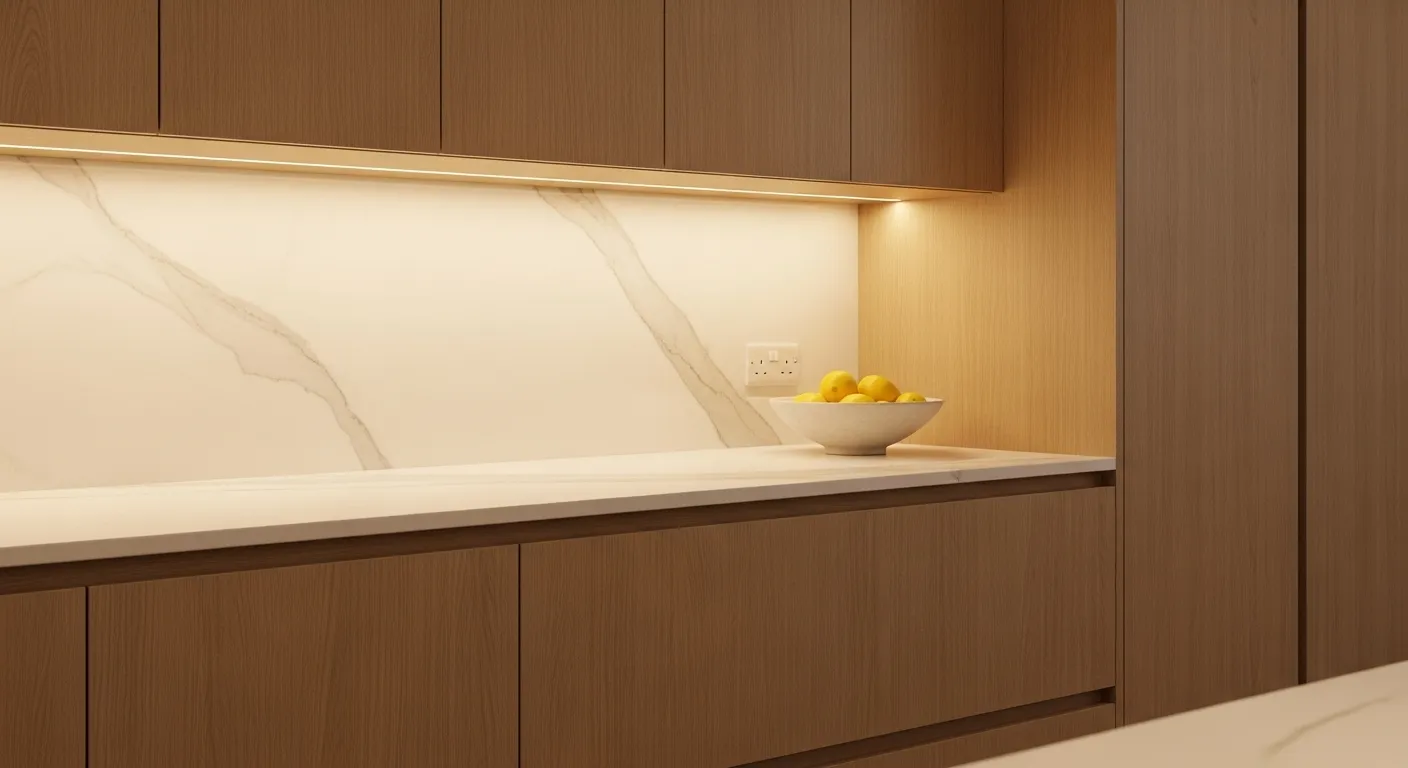
Expert Tip: An Aluminum Profile is Not Just a Cover
An aluminum LED Profile serves two essential functions. First, it acts as a highly effective heat sink, drawing damaging heat away from the LED strip to preserve its lifespan and brightness. Second, it creates a protective physical and thermal barrier between the LEDs and the mounting surface, preventing long-term heat exposure from discoloring sensitive materials like finished wood cabinets or painted skirting boards.
Why Your Power Supply is the Biggest Risk
While the LED chip itself is efficient, the component most responsible for electrical safety is the LED driver, also known as the power supply. The overwhelming majority of fire and electrical hazards originate not from the LED but from this device, especially when it is poorly designed or manufactured.
What exactly does an LED power supply do?
LEDs are low-voltage, direct current (DC) devices. They cannot run on the high-voltage, alternating current (AC) that comes from a standard wall outlet. The power supply's job is to act as an intermediary, safely converting the 120V or 240V AC power into the stable, low-voltage (typically 12V or 24V) DC power that the LEDs require.
Why can a cheap power supply catch fire?
Manufacturers of low-quality power supplies cut costs by using inferior electronic components and omitting proper safety features. These substandard parts are not rated for the stress of continuous operation. They generate excessive heat during the AC-to-DC conversion, and with no adequate ventilation, the unit's internal temperature can rise to dangerous levels. This can melt its plastic housing and ignite nearby materials, creating a severe fire hazard.
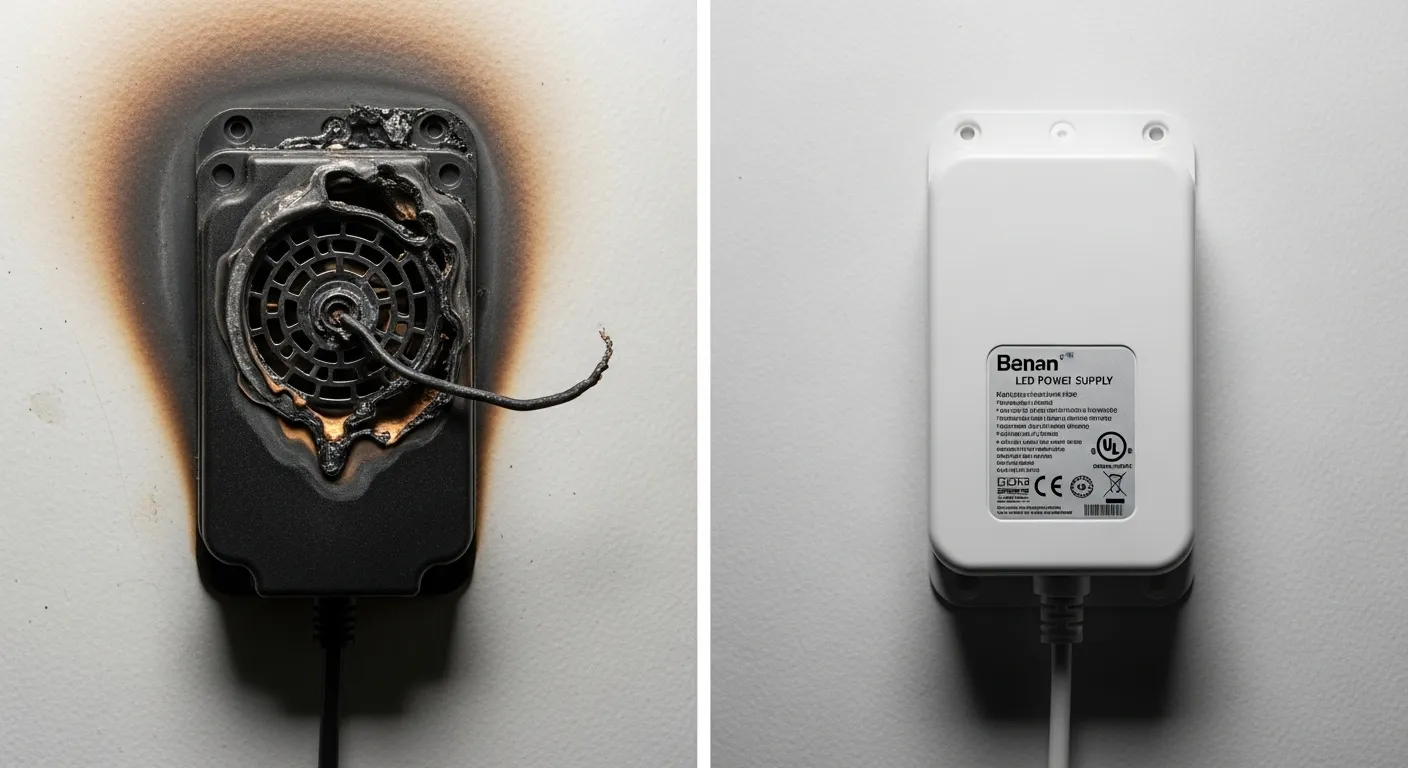
How can I spot a safe power supply?
A reliable power supply is not a component where you should compromise. Choosing a quality unit is the single most effective step you can take to ensure a safe 24/7 installation.
Safety Checklist: How to Choose a Safe Power Supply
- Sufficient Wattage: The power supply's maximum wattage rating should be at least 20% higher than the total wattage of the lights connected to it. This headroom prevents the unit from being overworked and overheating.
- Correct Voltage: The output voltage (e.g., 12V or 24V) must exactly match the required input voltage of your LED lights.
- Built-in Protections: Look for units that explicitly mention integrated safety circuits, such as Overvoltage Protection (OVP), Short Circuit Protection (SCP), and Over-Temperature Protection (OTP).
- Proper Certification: The unit must be tested and certified by a recognized safety organization. This is the clearest indicator of quality and safety.
What Do Safety Certifications Really Mean?
In a global market, a manufacturer's claims are not enough. The most reliable way to verify a product's safety is to look for the mark of an independent testing laboratory. These certifications are objective proof that a product has been rigorously tested against established fire and electrical safety standards.
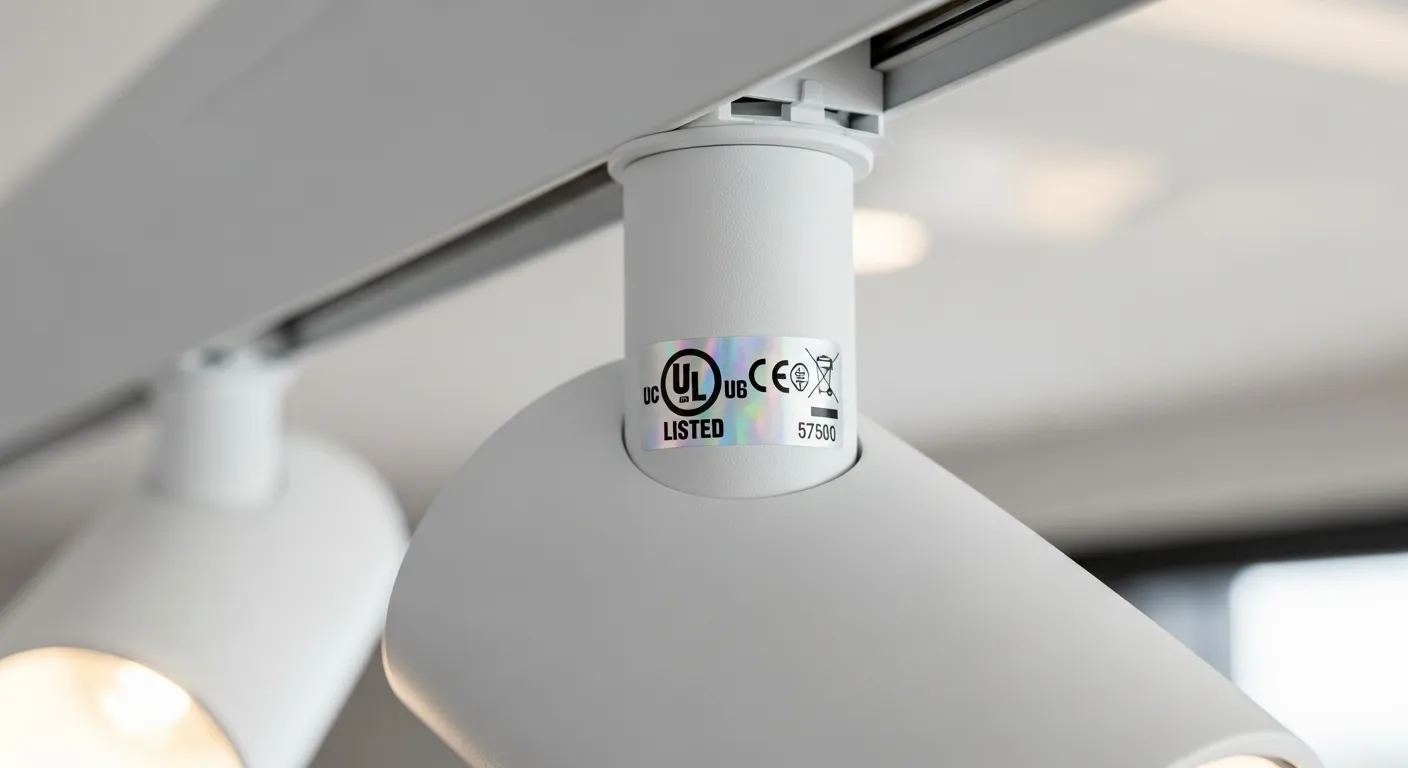
What are UL, ETL, and CE marks?
These marks signify that a product complies with specific safety standards for different regions. For North America, the UL and ETL marks are the primary indicators of safety compliance. The CE mark is a declaration of conformity for products sold in the European Economic Area.
Mark/Logo | Primary Region | What it means for you |
|---|---|---|
UL / ETL | North America | The product has been independently tested and certified to meet established U.S. and Canadian safety standards for fire and electrical shock. |
CE | European Union | The manufacturer declares that the product conforms to EU health, safety, and environmental protection standards. |
Should I trust "UL Recognized" or "UL Listed"?
This is one of the most important and least understood distinctions in product safety. Misunderstanding it can lead to a false sense of security.
CRITICAL WARNING: UL Listed vs. UL Recognized: A Trap for Buyers
- UL Recognized (UR Mark): This applies only to a single component that is meant to be used inside a larger product. A power supply unit by itself can be "UL Recognized."
- UL Listed: This applies to the entire, complete product that you buy. A full track light fixture or a complete under-cabinet light bar with its plug is "UL Listed."
The trap: A seller might advertise that their cheap LED strip kit uses a "UL Recognized" power supply. However, if the LED strip itself, the wiring, and the connectors are of poor quality, the entire kit is not UL Listed and may still be unsafe. For maximum safety, always look for the UL Listed or ETL Listed mark on the complete product.
What is RoHS and why should I care?
The RoHS (Restriction of Hazardous Substances) directive restricts the use of specific hazardous materials, including lead and mercury, in the manufacturing of electronics. A RoHS-compliant product is safer for your health and the environment, and it is an indicator of a responsible manufacturer who invests in higher-quality, non-toxic materials for all their products, including Office Lighting and Track Lighting systems.
What Happens When You Never Turn Them Off?
Beyond the immediate concerns of fire and electrical shock, continuous 24/7 operation introduces more subtle, long-term factors. These affect both the durability of the lighting product itself and the biological well-being of the people living or working under it.
Will my lights get dim faster if left on?
Unlike an incandescent bulb that fails abruptly when its filament breaks, an LED typically fails by gradually fading over time. This process is called lumen depreciation. The advertised "lifespan" of an LED, such as 50,000 hours, does not usually mean the point of total failure. Instead, it refers to the L70 lifetime: the point at which the LED is projected to produce only 70% of its initial light output.
Continuous operation will naturally consume this lifespan faster than intermittent use. More importantly, if the product has poor thermal management, the constant heat buildup will dramatically accelerate this fading process. A quality LED in a well-ventilated fixture might run for years with minimal dimming, while a cheap, poorly installed one could lose significant brightness in less than a year. The true enemy to an LED's lifespan is not just time, but unmanaged heat.
Can they damage my wood cabinets or walls?
The same constant, low-level heat that degrades the LED can also affect the materials immediately surrounding it. Over thousands of hours, this exposure can cause discoloration on finished surfaces. This is a particular concern for integrated lighting. An LED strip installed directly onto a wooden cabinet or shelf without a proper heat sink can, over time, accelerate the yellowing or discoloration of the wood finish.
This is precisely why a protective barrier is necessary for applications like Under Cabinet Lighting. An aluminum LED Profile not only dissipates heat to protect the LED itself but also acts as a physical shield, preventing direct contact and minimizing heat transfer to the cabinet surface.
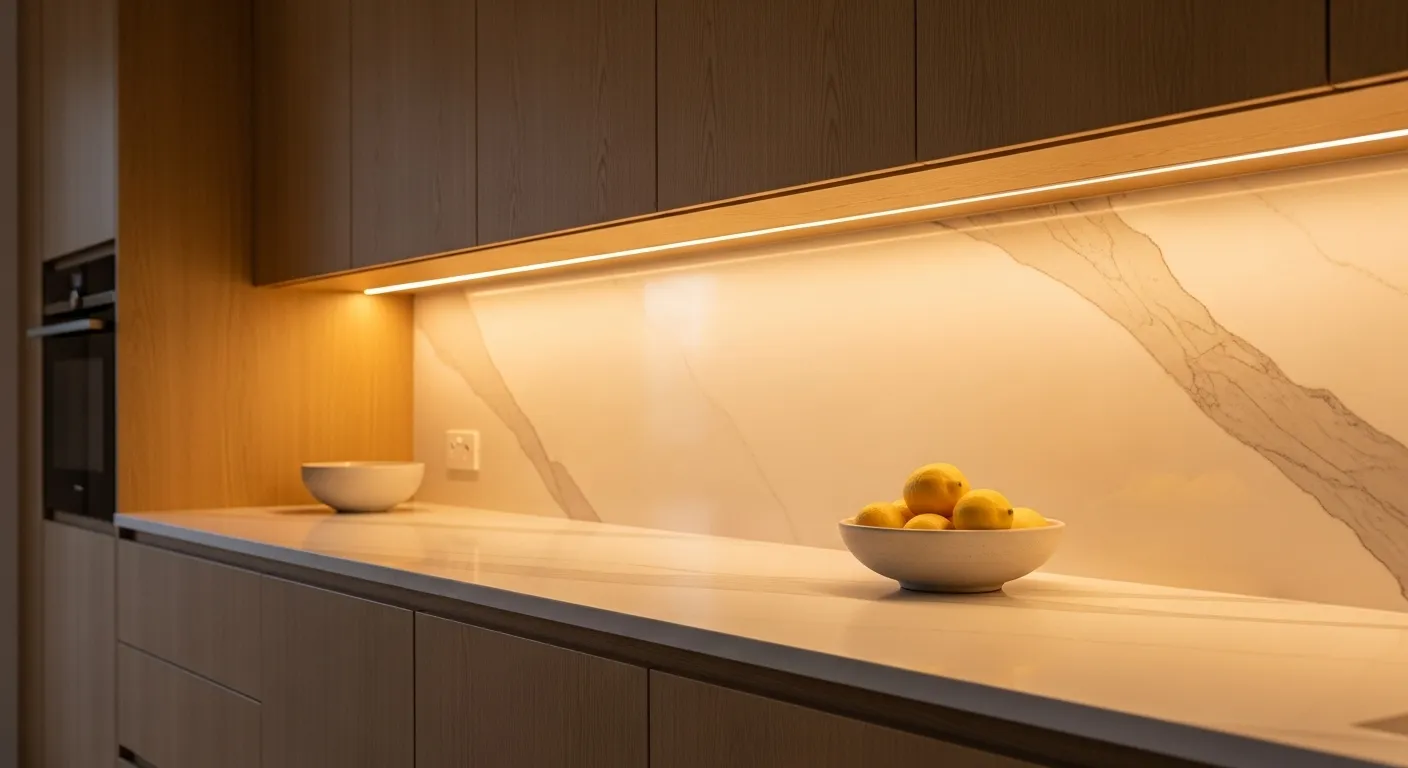
Does all-night light affect my sleep?
Perhaps the most overlooked aspect of 24/7 lighting is its effect on human biology. Our bodies have a natural 24-hour internal clock, known as the circadian rhythm, which regulates our sleep-wake cycle. This clock is powerfully synchronized by exposure to light.
Specialized cells in our eyes are highly sensitive to the blue wavelengths found in daylight and standard "cool white" LEDs. When these cells detect blue light at night, they send a strong "daytime" signal to the brain. This signal suppresses the production of melatonin, the key hormone that makes us feel drowsy and prepares the body for sleep. This disruption can make it difficult to fall asleep, stay asleep, and achieve restorative rest.
What is the best light color for night?
For any lighting that will be on during the evening or throughout the night, the solution is not darkness but choosing a type of light that minimizes this biological disruption.
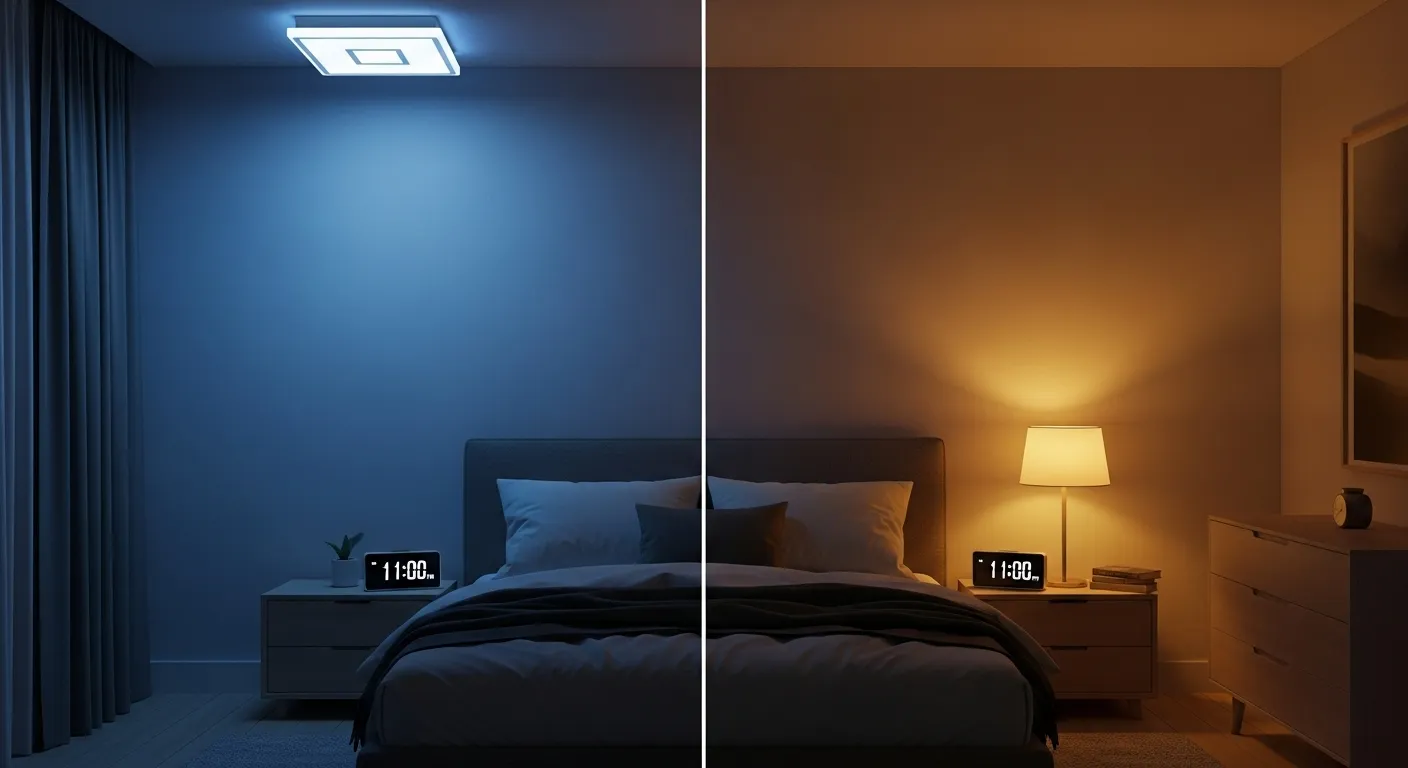
Sleep-Friendly Tip: For Better Sleep, Choose Warm Light
Select LEDs with a "warm white" color temperature, typically between 2700K and 3000K. These lights have a significantly lower percentage of disruptive blue wavelengths and a higher proportion of yellow and red light. This warm glow has very little effect on melatonin suppression, creating a calming environment that supports your body's natural preparation for sleep.
Conclusion
So yes, you can leave your LED lights on all night. Safety, however, is not automatic; it is engineered. It is built upon three fundamental principles that separate a reliable, long-term installation from a potential hazard.
- Always install LED strips inside aluminum profiles. This is your primary and most effective defense against heat, the true enemy of an LED's lifespan and safety.
- Choose a high-quality, certified power supply. This component is the heart of your system and the gatekeeper against fire risk. Never compromise on its quality.
- For complete fixtures, insist on the UL Listed or ETL Listed mark. This is your only guarantee that the entire product as a whole, not just a single part, has been rigorously tested for safety.
Navigating these technical requirements can seem daunting. This is why we are committed to simplifying the process. By curating a portfolio of only high-quality, fully certified lighting solutions—from our UL Listed Office Lighting and Track Lighting systems to our essential LED Profiles and reliable Power Supplies—we perform the critical due diligence for our customers. With the right products, chosen with knowledge and installed with care, you can move past the worry of safety and begin to fully explore the creative and functional possibilities of light, 24 hours a day.
Frequently Asked Questions
How much does it cost to leave an LED light on all night?
The cost is extremely low. A standard 5-watt LED bulb, running for 8 hours, consumes only 0.04 kilowatt-hours of electricity. Based on average U.S. electricity rates, this would cost less than one cent for the entire night, making it a very economical choice for continuous use.
Can you leave LED strip lights on all the time?
Yes, provided they are high-quality strips installed correctly. For continuous 24/7 operation, it is essential that the strip is mounted inside an aluminum profile to dissipate heat effectively and is powered by a properly sized, certified power supply to prevent overheating.
Do LED lights attract bugs or spiders?
LED lights attract significantly fewer bugs and spiders than traditional bulbs. Insects are primarily drawn to the ultraviolet (UV) light and heat produced by older lighting technologies. Since LEDs emit almost no UV light and generate very little heat, they are far less appealing to most nighttime insects.
Is it dangerous for an LED light to glow when off?
No, this is not dangerous. A faint glow when the switch is off is typically caused by a small amount of residual electricity in the circuit or an issue with the switch itself. While it is not a fire hazard, it can be resolved by using a higher-quality LED bulb designed to eliminate this effect.


